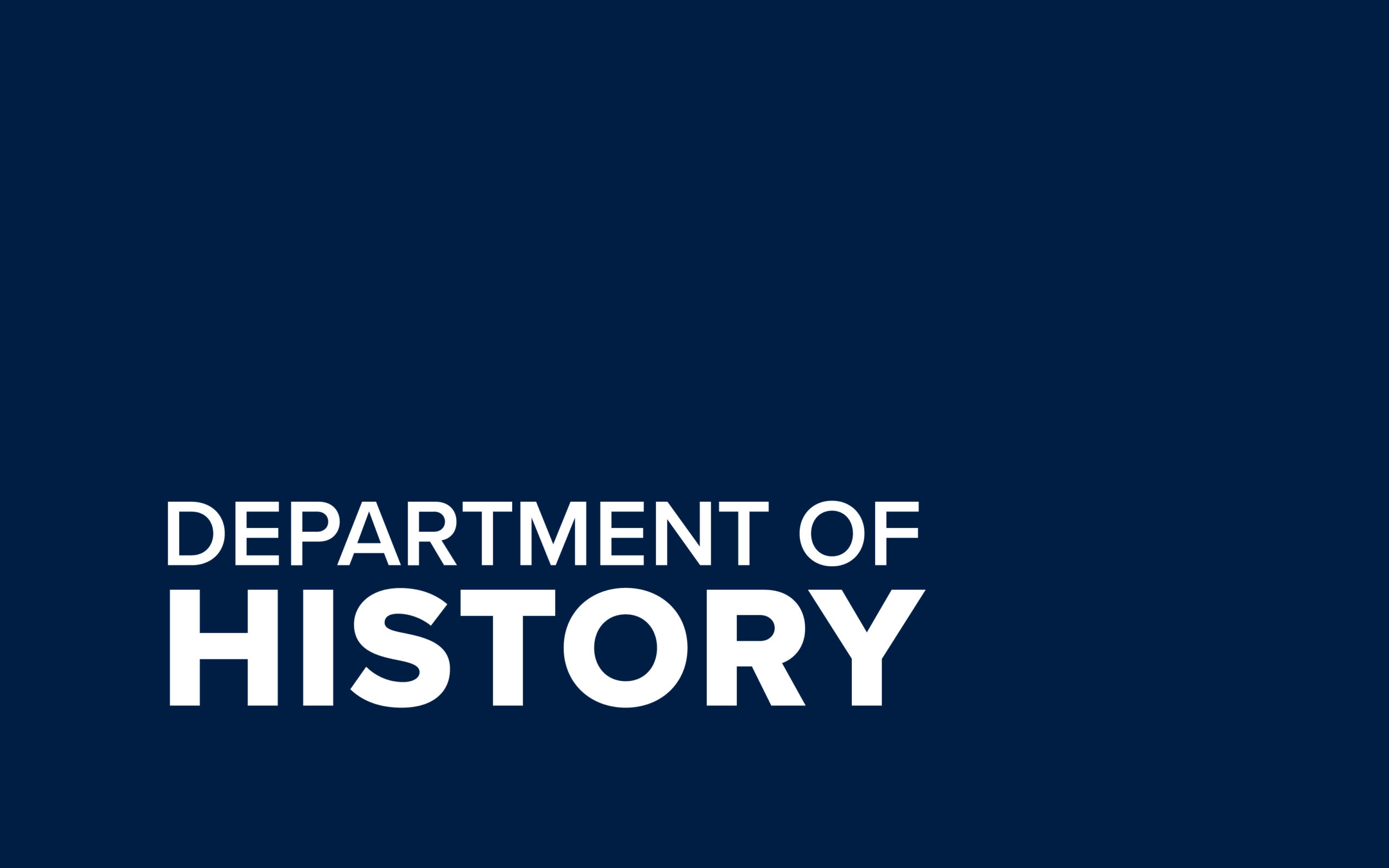New Textbook Features Essays From 3 Penn State Professors

Congratulations are in order for PSU History Professors Julie Reed, Christina Snyder, and Michael Kulikowski! All three faculty members are featured in a newly published textbook, Empires and Indigenous Peoples: Comparing Ancient Roman and North American Experiences. Empires and Indigenous Peoples, which is co-edited by Michael Maas and Fay A. Yarbrough, includes an essay from each of our Penn State History contributors. These essays – should you buy the book to read their work – are as follows:
Julie Reed: “Cherokee Civilized Pasts, Cherokee Civilized Futures” (Chapter 13, beginning p. 227)
Christina Snyder: “”Render Unto Caesar”: Roman Allegories in the Indian Removal Debates” (Chapter 17, beginning p. 304)
Michael Kulikowski: “Where the Wild Things Are: The Invention of Barbarian Space” (Chapter 9, beginning p. 151)
The edited volume is available in print and digital editions now – visit the University of Oklahoma Press’s website to order your copy!
For more information on Empires and Indigenous Peoples, see the summary from the book’s press release below:
“The Romans who established their rule on three continents and the Europeans who first established new homes in North America interacted with communities of Indigenous peoples with their own histories and cultures. Sweeping in its scope and rigorous in its scholarship, Empires and Indigenous Peoples expands our understanding of their historical parallels and raises general questions about the nature of the various imperial encounters.
In this book, leading scholars of ancient Roman and early anglophone North America examine the mutual perceptions of the Indigenous and the imperial actors. They investigate the rhetoric of civilization and barbarism and its expression in military policies. Indigenous resistance, survival, and adaptation form a major theme. The essays demonstrate that power relations were endlessly adjusted, identities were framed and reframed, and new mutual knowledge was produced by all participants. Over time, cultures were transformed across the board on political, social, religious, linguistic, ideological, and economic levels. The developments were complex, with numerous groups enmeshed in webs of aggression, opposition, cooperation, and integration. Readers will see how Indigenous and imperial identities evolved in Roman and American lands.
Finally, the authors consider how American views of Roman activity influenced the development of American imperial expansion and accompanying Indigenous critiques. They show how Roman, imperial North American, and Indigenous experiences have contributed to American notions of race, religion, and citizenship, and given shape to problems of social inclusion and exclusion today.”
